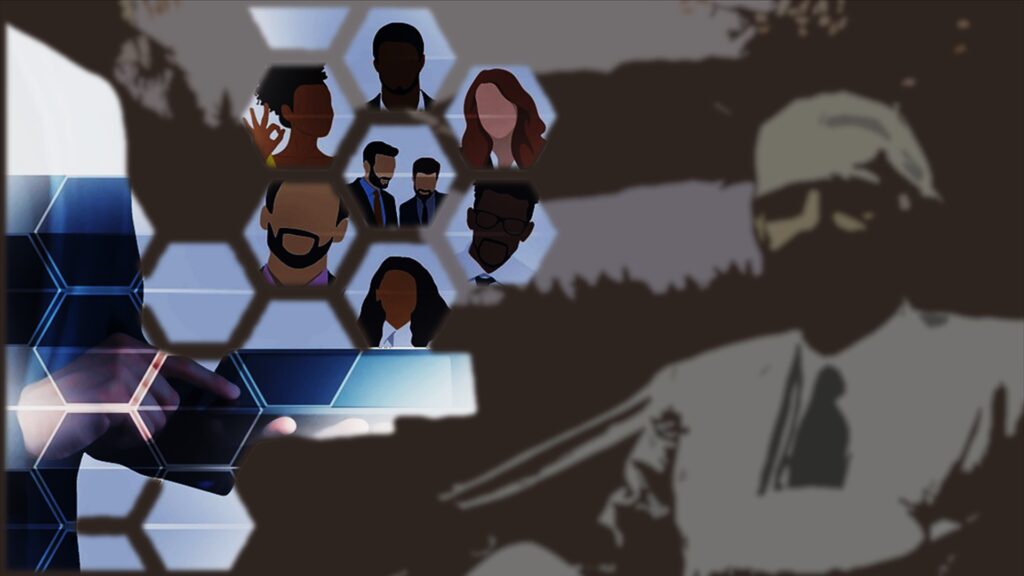These lessons were originally conducted from 12 February to 19 March 2023, and they are now available on YouTube. The purpose is to prepare a team of experts on the book How Jinnah Liberated India (2022), written by Khurram Ali Shafique. The book has been published internationally by Libredux UK and by Topline in Pakistan, and has been sponsored by Allied Marketing (Pvt) Ltd, Pakistan (in association with S. M. Ilyas & Sons Ltd.) as part of their 125th Anniversary celebrations.
The lessons were originally conducted on Zoom by the author and a team of panellists. You can watch them on the author’s YouTube channel, either through the Playlist of the episodes, or by following individual episodes embedded below.
1. The Sideshow of Gandhi
This lesson dispels some of the most common myths about how India gained independence, such as the efforts of Gandhi, the impact of the Second World War, the likelihood of a British conspiracy to partition India, the role of the Indian Liberation Army and the mutiny in the Royal Indian Navy, etc. The lesson is based on the first chapter of the book How Jinnah Liberated India.
2. Dr Jekyll and Mr Hyde
In this lesson, we learn to differentiate between the conflicting ideals of imperialism ad Commonwealth – the desire to rule over India as long as possible, versus a genuine wish to see India become capable of achieving and maintaining its independence. The evolution of the second ideal through seven stages spanning from 1887 to 2026 is also discussed. The lesson is based on the second chapter of the book How Jinnah Liberated India.
3. The Soul of All Human Beings
This lesson outlines the ideals and aspirations of the Muslim community of the Indian Subcontinent through its Renaissance and its national organization, All-India Muslim League – the organization that was eventually headed by Jinnah and became the creator of Pakistan. The evolution of this community, especially the ideal embodied by the League, is also traced through seven stages from 1887 to 2026. Through a comparison between these stages and the stages discussed in the previous lesson, we seek to discover an inherent unity of humankind that seems to be playing a decisive role in the history of nations. The lesson is based on the third chapter of the book How Jinnah Liberated India.
4. Mistaken Identities
In this lesson, we learn to differentiate between the Indian National Congress founded in 1885, and its namesake that has been existing since 1918 – the original Congress versus the Gandhian Congress. The evolution of the ideal embodied by the original Congress is traced through stages parallel to the stages discussed in the previous chapter, and it is seen that the All-India Muslim League had ironically become the heir of the original Congress as well as after 1926, when the ideals of the original Congress had been discarded by the majority of the Hindu leadership due to various reasons. The lesson is based on the fourth chapter of the book How Jinnah Liberated India.
5. How India Was Liberated
This lesson is a straightforward account of the key events from 1939 to 1947, which led to the independence of India. The account is based on solid evidence that has been unfortunately ignored by the post-colonial academic wisdom. The lesson is based on the last chapter of the book How Jinnah Liberated India.
6. Conclusions
In the concluding lesson, we discuss some practical implications for the present and the future, especially in light of the last section of the last chapter (Section 6 of Chapter 5) of the book How Jinnah Liberated India.

Online lessons on “How Jinnah Liberated India” were sponsored by Allied Marketing (Pvt) Ltd, Pakistan (in association with S. M. Ilyas & Sons Ltd.) as part of their 125th Anniversary celebrations.
